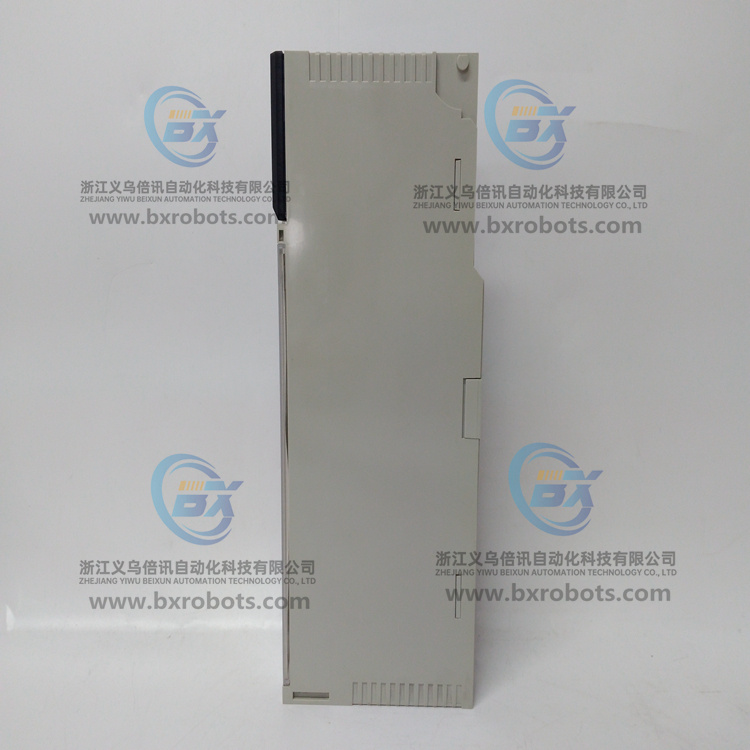1454-9F 继电器模块是一种电控制器件,当输入量的变化达到规定要求时,它可以在电气输出电路中使被控量发生预定的阶跃变化。继电器模块具有控制系统和被控制系统,通常应用于自动化的控制电路中,在电路中起着自动调节、安全保护、转换电路等作用。
继电器模块的种类有很多,例如1路继电器模块和4路继电器模块。1路继电器模块通常具有一个继电器,可以作为一个开关使用。而4路继电器模块则是将4个继电器合并在一起,变成了4个开关,可以通过不同的输入信号控制不同的输出端口。
此外,继电器模块还有一些其他的特性,如采用贴片光耦隔离、驱动能力强、性能稳定等。同时,继电器模块的工作电压也有多种选择,如5V、12V、24V等,需要根据实际需求选择合适的电压。
在实际应用中,1454-9F 继电器模块通常用于控制各种电气设备,如灯光、电机、阀门等。通过接入不同的控制电路,可以实现对这些设备的开关、调节等控制。需要注意的是,继电器模块在使用时需要注意安全问题,如避免过载、短路等情况。同时,也需要根据具体的电路设计和控制要求选择合适的继电器模块类型和参数。
1454-9F Relay module is an electrical control device which can make a predetermined step change in the controlled quantity in the electrical output circuit when the change of the input quantity reaches the specified requirements. Relay modules have a control system and a controlled system, and are usually used in automated control circuits, where they play a role in automatic regulation, safety protection, and switching circuits.
There are many types of relay modules, such as 1-channel relay modules and 4-channel relay modules. 1-channel relay modules usually have one relay, which can be used as a switch. On the other hand, 4-way relay module combines 4 relays into 4 switches, which can control different output ports through different input signals.
In addition, the relay module has some other characteristics, such as the use of chip optocoupler isolation, strong driving ability, stable performance and so on. At the same time, the operating voltage of the relay module has a variety of options, such as 5V, 12V, 24V, etc., you need to choose the right voltage according to the actual demand.
In practical applications, 1454-9F relay modules are usually used to control various electrical devices, such as lights, motors, valves and so on. By connecting to different control circuits, the control of these devices can be achieved by switching, regulating and so on. It should be noted that relay modules need to pay attention to safety issues when using them, such as avoiding overloading, short circuits and other situations. At the same time, it is also necessary to select the appropriate type and parameters of the relay module according to the specific circuit design and control requirements.













